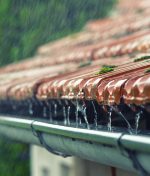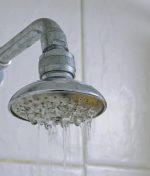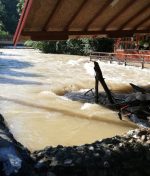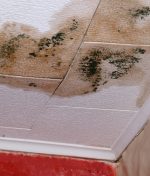How San Diego’s Climate Contributes to Seasonal Water Damage Risks
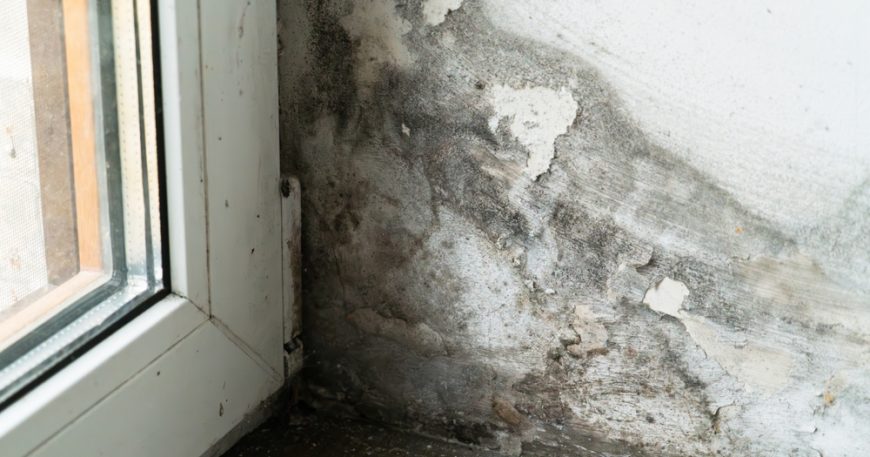
- October 10, 2025
- byadmin
- Flood Restoration
San Diego is known for its beautiful weather, ocean views, and mild temperatures. But despite its reputation for sunshine, the local climate presents unique water damage risks that homeowners often overlook. At RAMM Water Restoration, we’ve helped countless San Diego residents navigate the effects of both sudden and seasonal water-related issues.
We’ll break down how San Diego’s climate contributes to seasonal water damage—and what you can do to stay prepared and protected year-round.
San Diego’s Climate: Mild, But Not Without Risks
San Diego enjoys a Mediterranean climate, with dry summers and cooler, wetter winters. While this means fewer weather extremes than other parts of the country, it also creates a sense of false security. Homeowners may delay necessary maintenance or be caught off guard when the occasional storm or heatwave causes problems.
It’s not always the intensity of weather, but the timing and conditions around it that contribute to water damage.
Winter Rainfall and Flash Flooding
San Diego typically experiences the bulk of its annual rainfall between November and March. These winter storms can be mild or, in some cases, drop heavy rain in short bursts, overwhelming drainage systems and causing flash flooding.
Key Risks:
- Clogged gutters and downspouts: Without proper flow, water can back up and seep into roofs and siding.
- Improper grading or landscaping: When the ground slopes toward your home, water collects around the foundation, increasing flood risks.
- Flat roofs and poor drainage: Even small puddles on roofs can lead to serious leaks when left unaddressed.
Since rainstorms are infrequent, many San Diegans aren’t aware of how vulnerable their property is until the damage is already done.
Coastal Moisture and Salt Air
If you live near the coast, your home is exposed to persistent humidity and salty ocean air, which can accelerate corrosion and degrade materials over time. Moisture can penetrate porous surfaces like stucco and brick, leading to long-term water retention that invites mold growth.
Pro tip: Coastal homes should have regular inspections of caulking, seals, and siding to spot signs of deterioration early.
Summer Heat and Plumbing Expansion
San Diego’s dry, hot summers can put stress on older plumbing systems. As temperatures rise, pipes expand, especially in attics or uninsulated walls. When the heat subsides, pipes contract—and this constant movement can lead to cracks or leaks over time.
Homes that have been through decades of hot summers and cool nights often experience slow-developing leaks behind walls, which can go unnoticed until serious damage occurs.
Wildfires and Fire Sprinkler System Damage
Fire season in Southern California typically peaks from late summer to early fall, especially during Santa Ana wind events. While San Diego may not face fires as often as some other areas, proactive homeowners and businesses often install sprinkler systems that, when triggered, flood indoor spaces to suppress flames.
Unfortunately, fire sprinkler malfunctions or accidental discharges can also cause significant water damage. After a wildfire threat passes, water-damaged walls, ceilings, and insulation may need professional drying and mold prevention.
Mold Risk from Sudden Humidity Spikes
While San Diego is mostly dry, we experience occasional humidity surges, especially during late summer or early fall. If moisture accumulates in areas with poor ventilation—such as attics, crawlspaces, or under sinks—mold can form quickly.
Since these spikes don’t last long, homeowners often dismiss the warning signs. But even 48 hours of trapped moisture is enough to kickstart mold growth.
Seasonal Travel and Water Damage While You’re Away
Many San Diego residents take extended trips during summer or winter holidays. An unseen plumbing leak or water heater failure while you’re away can go unchecked for days or even weeks—causing extensive damage and skyrocketing repair costs.
Before leaving, always:
- Shut off the water main
- Check for slow drips
- Have a trusted neighbor check on the house periodically
Smart leak detectors are also a worthwhile investment for peace of mind.
Proactive Steps to Protect Your Home Year-Round
To protect against seasonal water damage in San Diego, we recommend the following:
- Schedule seasonal roof and gutter inspections, especially before winter.
- Upgrade to flexible plumbing fittings that better handle temperature shifts.
- Install or inspect sump pumps and drainage systems, particularly if you’re in a flood-prone area.
- Monitor for early signs of mold, like musty odors or soft drywall.
- Keep your HVAC system clean and well-maintained, especially in coastal homes where salt air can corrode parts.
Preventive action is your best defense—and saves you money and stress in the long run.
How We Can Help
At RAMM Water Restoration, we understand that water damage doesn’t just harm homes—it disrupts lives. That’s why we’ve built a team that leads with compassion, clarity, and care. We’re more than a restoration company—we’re your neighbors in San Diego, and we take pride in helping you recover quickly and safely.
Whether you’ve just discovered a leak or want to prepare for the upcoming season, our team is here for you. We specialize in flood damage restoration, mold remediation, and emergency response, always with a friendly, respectful approach that makes the restoration process less overwhelming.
Don’t wait for seasonal changes to catch you off guard. Call RAMM Water Restoration today for an inspection, consultation, or emergency service. Let us help you protect what matters most—with compassion and care.



